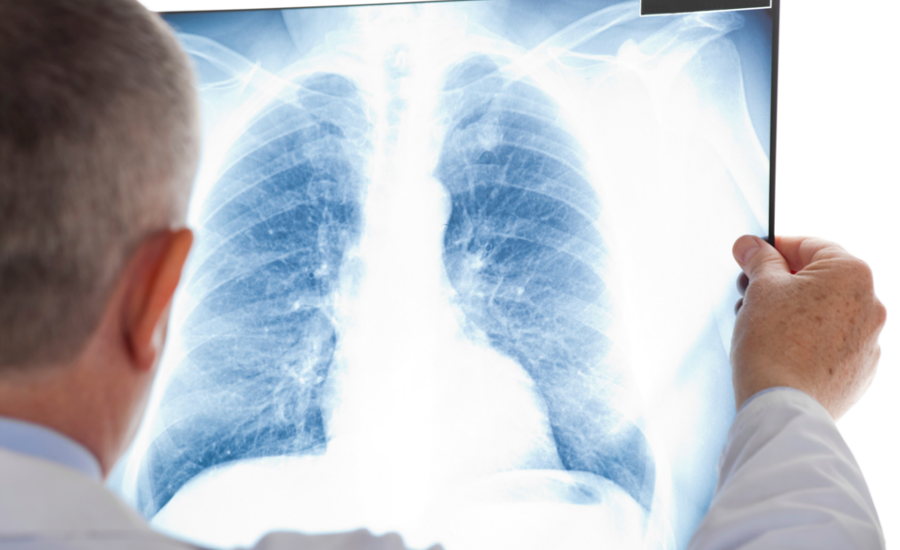The Kentucky legislature this week passed a bill to exclude radiologists from the types of doctors who can diagnose black lung disease among miners seeking workers’ compensation for their illness.
A radiologist uses x-rays to diagnose disease. Black lung disease is diagnosed through x-rays and an occupational history.
Under House Bill 2, only pulmonologists can diagnose black lung disease for Kentucky’s workers’ compensation program. There are six pulmonologists in Kentucky. If the measure is signed into law by Governor Matt Bevin, Kentucky would be the only state to exclude radiologists from the evaluation process.
Occupational health advocates charge that the changes in the bill will make it harder and lengthen the process for people with black lung to get benefits.
The legislation comes amid a resurgence among coal miners of the type of advanced, fast-progressing black lung disease that had previously been rare. Dr. James Crum, the radiologist who first gave the National Institute for Occupational Safety and Health (NIOSH) the heads’ up on advanced black lung after discovering a cluster of it among his patients, told news sources that diagnosing from x-rays is what radiologists are primarily trained to do.
The bill’s sponsor, Republican Adam Koenig, said the measure is intended to fix constitutional issues with the state’s workers compensation system.
Health experts say black lung disease can be prevented by controlling the level of respirable coal dust in mines. Sufferers are eligible for both federal and state compensation, but getting benefits through both avenues can take years. Many miners die before they receive them.
The coal industry has previously resisted paying compensation to miners with black lung disease. In a case uncovered in 2013, a physician at Johns Hopkins Medical Institutions who was primarily responsible for diagnosing black lung disease for federal workers comp did not find one case in more than 1,500 x-rays – results that were later determined to be highly inaccurate through autopsies. The physician, Dr. Paul Wheeler, was paid to read the x-rays by the coal companies, who also paid millions to Johns Hopkins.
Following the revelations, the U.S. Department of Labor’s Director of the Division of Coal Mine Workers’ Compensation instructed its employees not to credit the negative x-ray readings by Wheeler. Johns Hopkins eventually eliminated its black lung program. Dr. Wheeler remains on staff at Johns Hopkins and teaches medical students how to read x-rays as Associate Professor of Radiology and Radiological Science at Johns Hopkins University School of Medicine.

